If you’ve ever taken on a drywall project, you know the mess that follows. Drywall dust has this sneaky way of getting everywhere and sticking around for days—sometimes weeks. Whether you’re a seasoned DIYer or a professional contractor, understanding the best methods for tackling this persistent problem can save you hours of frustration. Let’s dive into tried-and-true techniques for cleaning up drywall dust while keeping your home and lungs safe.

Think of drywall dust like glitter—once it’s loose, it’s everywhere. The best strategy? Contain it before it gets the chance to wander.
Pro Tip: Use a dust control joint compound designed to produce heavier, less airborne particles, though be prepared to pay a bit more for this convenience.
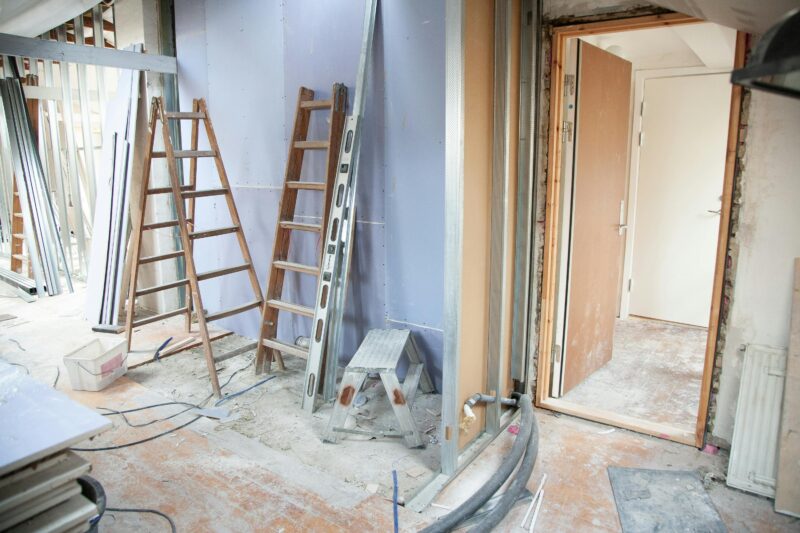
Getting drywall dust off surfaces requires the right materials and a systematic approach. Haphazard cleaning will leave dust lingering in the air, making it harder to achieve a dust-free finish.
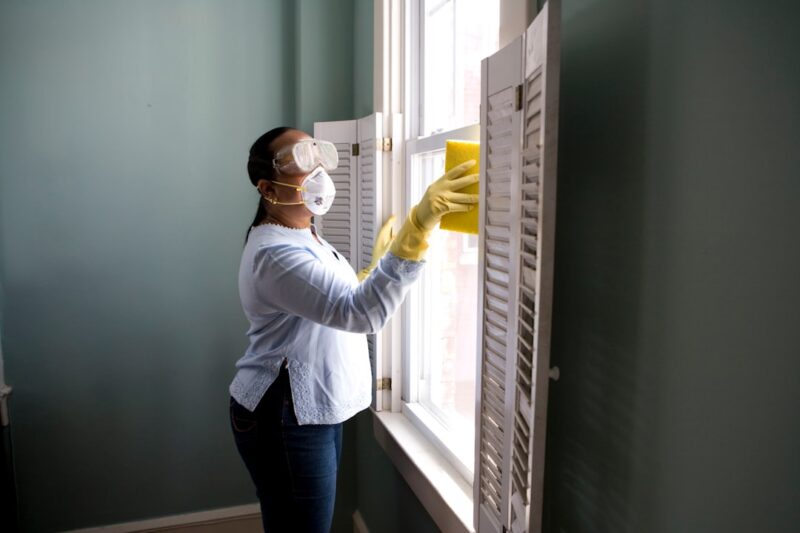
Pro Tip: If you’ve laid plastic sheeting, carefully fold it inward and take it out of the house for disposal before addressing the floor.
Dust finds its way onto walls, ceilings, and corners, even when you’re careful. Here’s how to tackle these tricky surfaces:
For a time-saving hack, fill a paint sprayer with water and lightly spray walls to settle the dust. This technique works wonders on heavily jointed areas but should be used cautiously to prevent over-saturation.
Don’t overlook dust-covered tools and furniture.
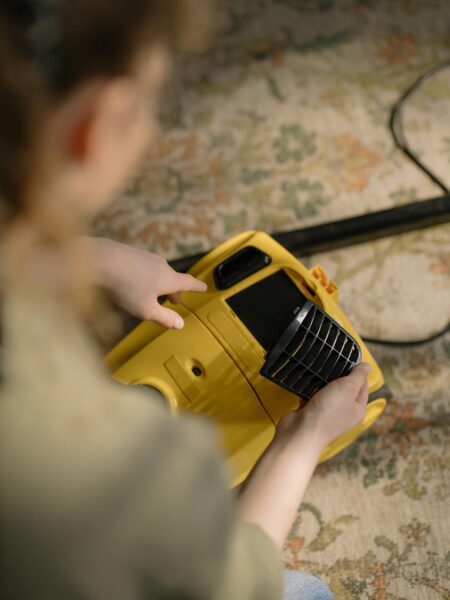
Drywall dust isn’t just annoying—it can be harmful when inhaled. Calcium sulfate (gypsum), silica, and other fine particles in drywall dust can irritate your throat and lungs or, in extreme cases, lead to respiratory conditions.
If the layer of dust is overwhelming, hiring professional post-construction cleaners might be your best bet. Services that use HEPA vacuum equipment and specialized cleaning techniques can save you time and ensure a spotless end result.
Here’s a breakdown of top techniques to make cleanup more efficient:
| Method | Best For | Pros |
|---|---|---|
| Wet Sanding | Minimizing Dust | Prevents airborne mess |
| Vacuuming with HEPA | Floors, Walls | Captures fine particles |
| Damp Sponge | Walls, Ceilings | Gentle and precise |
Drywall dust is a challenge, but with the right preparation and tools, you'll have your space spotless in no time. What's your go-to trick for managing cleanup after a renovation project? Share your tips in the comments below—we’d love to hear what works for you!
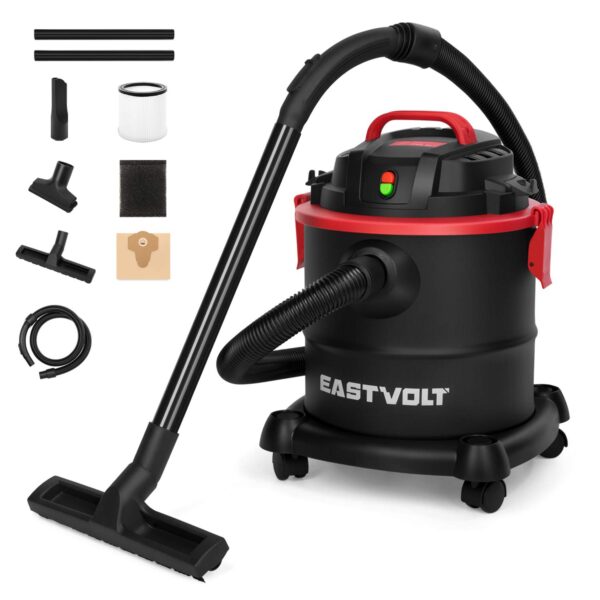
Tackle any mess with the powerful EASTVOLT Wet/Dry Vacuum Cleaner. Designed for both wet and dry cleaning, its versatile features include a comprehensive attachments kit, making it ideal for home, garage, or workshop use. Equipped with a high-capacity tank and strong suction, it effortlessly removes dirt, debris, and liquids. Its compact, durable design ensures easy storage and long-lasting durability, providing reliable cleaning solutions for any task.
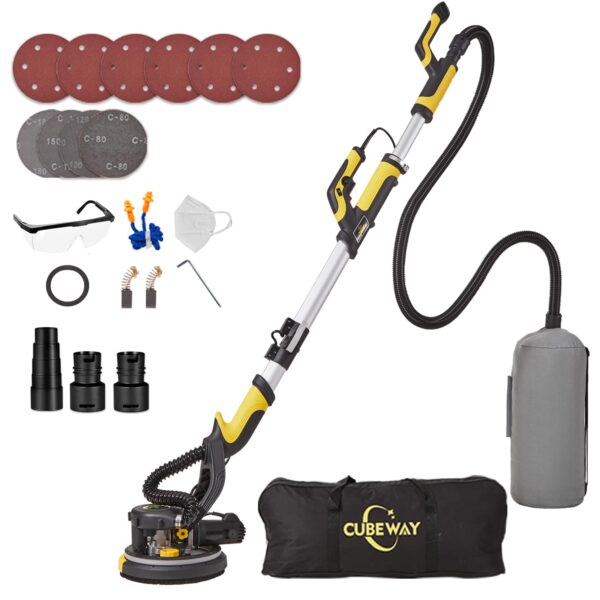
This CUBEWAY drywall sander kit makes your sanding tasks effortlessly efficient. Equipped with a powerful vacuum system, it minimizes dust, keeping your workspace clean. The adjustable sanding head and multiple abrasive discs ensure versatility for various projects. Ergonomically designed for comfort, the extendable handle allows easy reach on ceilings and high walls. Perfect for DIY enthusiasts and professionals alike.
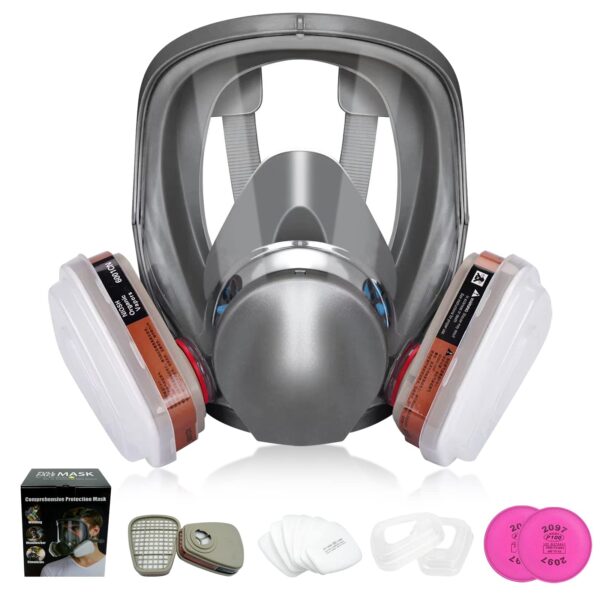
Experience superior protection with the Full Face Respirator Mask. Designed for maximum safety and comfort, this comprehensive kit includes P100 filters and additional accessories for handling hazardous substances. Perfect for industrial use, its ergonomic design ensures a secure fit, enabling clear vision and easy breathing in challenging environments. Protect yourself effectively with this reliable, all-in-one safety solution.
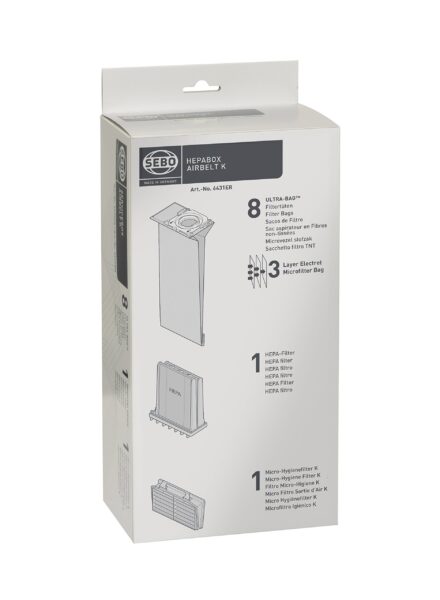
Keep your home air clean and allergen-free with the SEBO Airbelt K HEPA Filter Box Set. This package includes 8 Ultra-Bag™ filters, 1 HEPA filter, and 1 micro-hygiene filter, designed to trap dust, allergens, and pollutants effectively. The 3-layer Electret microfilter bags ensure excellent filtration performance. Perfect for allergy sufferers, this set enhances vacuum efficiency and air quality, ensuring a healthier environment.
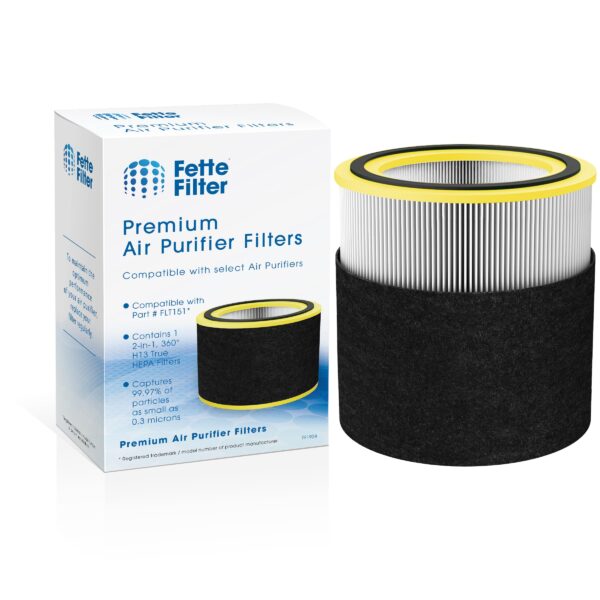
Elevate your air quality with the Fette Filter Premium Air Purifier Filter. This 2-in-1, 360° H13 True HEPA filter captures 99.97% of particles as small as 0.3 microns, ensuring a fresher, cleaner environment. Specifically designed to fit select air purifiers, this high-performance filter efficiently traps dust, pollen, and allergens, making it an ideal choice for allergy sufferers and pet owners. Enjoy cleaner air and a healthier home effortlessly.
After tackling your drywall project, hopefully, this guide has armed you with all the tips and techniques you need to bid farewell to that relentless dust. But the fun doesn’t have to stop here! We love sharing home improvement tips and inspiration across our social platforms. If you're a fellow enthusiast or a curious DIYer, why not check out our mood boards on Pinterest for some creative ideas? And if you’re keen to see what projects we’re working on, our Instagram feed is packed with behind-the-scenes content! Feel free to join the conversation on X, formerly Twitter, and share your experiences or connect with like-minded folks on Facebook. We’re just a follow away and always excited to exchange helpful hacks and inspiration with our amazing community. Happy cleaning, and see you out there!
The most effective method to clean drywall dust involves using water, as it causes the dust to soak up the moisture and settle. Begin by gently wiping down surfaces with a damp cloth. Then, use a broom or vacuum to collect the dust without dispersing it further into the air.
Sweeping tends to stir up more dust, while mopping can transform a large amount of drywall dust into a muddy residue. Ordinary household vacuums are unsuitable since their filters are not equipped to handle the fine particles, which can damage the vacuum.
Vacuuming drywall dust can frequently block or tear vacuum filters, and it may even harm the motor. Using a shop vacuum specifically designed for fine particles is recommended to minimize releasing dust back into the air.
Prolonged inhalation of drywall joint compound dust can lead to throat and airway irritation, coughing, mucus production, and respiratory issues akin to asthma. Individuals who smoke or have pre-existing sinus or respiratory problems may be at a higher risk of severe health effects.

Immerse yourself in architecture’s most boundary-pushing ideas—where innovative home improvements meet visionary urban developments. Discover new building techniques, materials, and creative concepts that are redefining how we shape our spaces on a global scale.